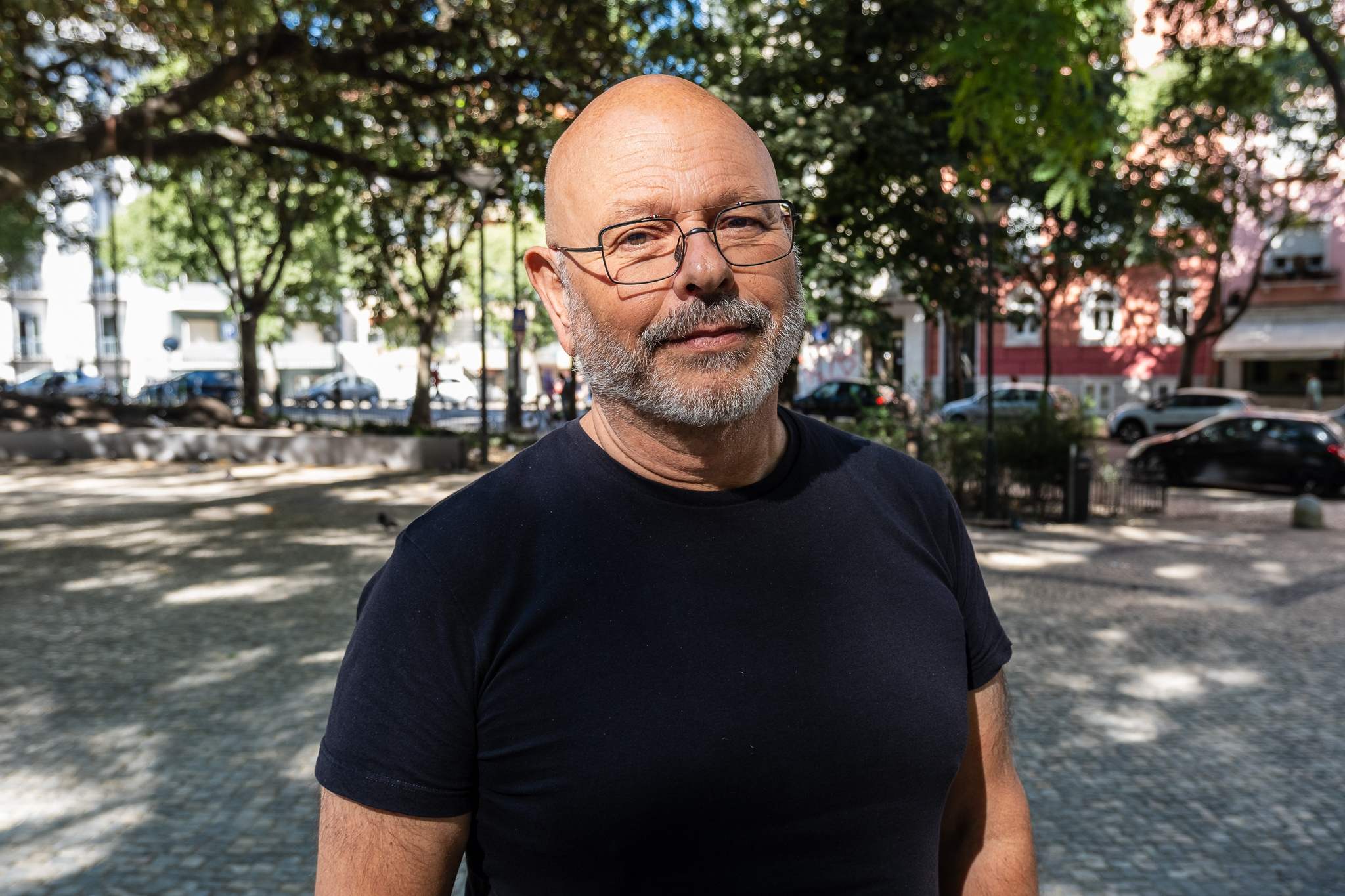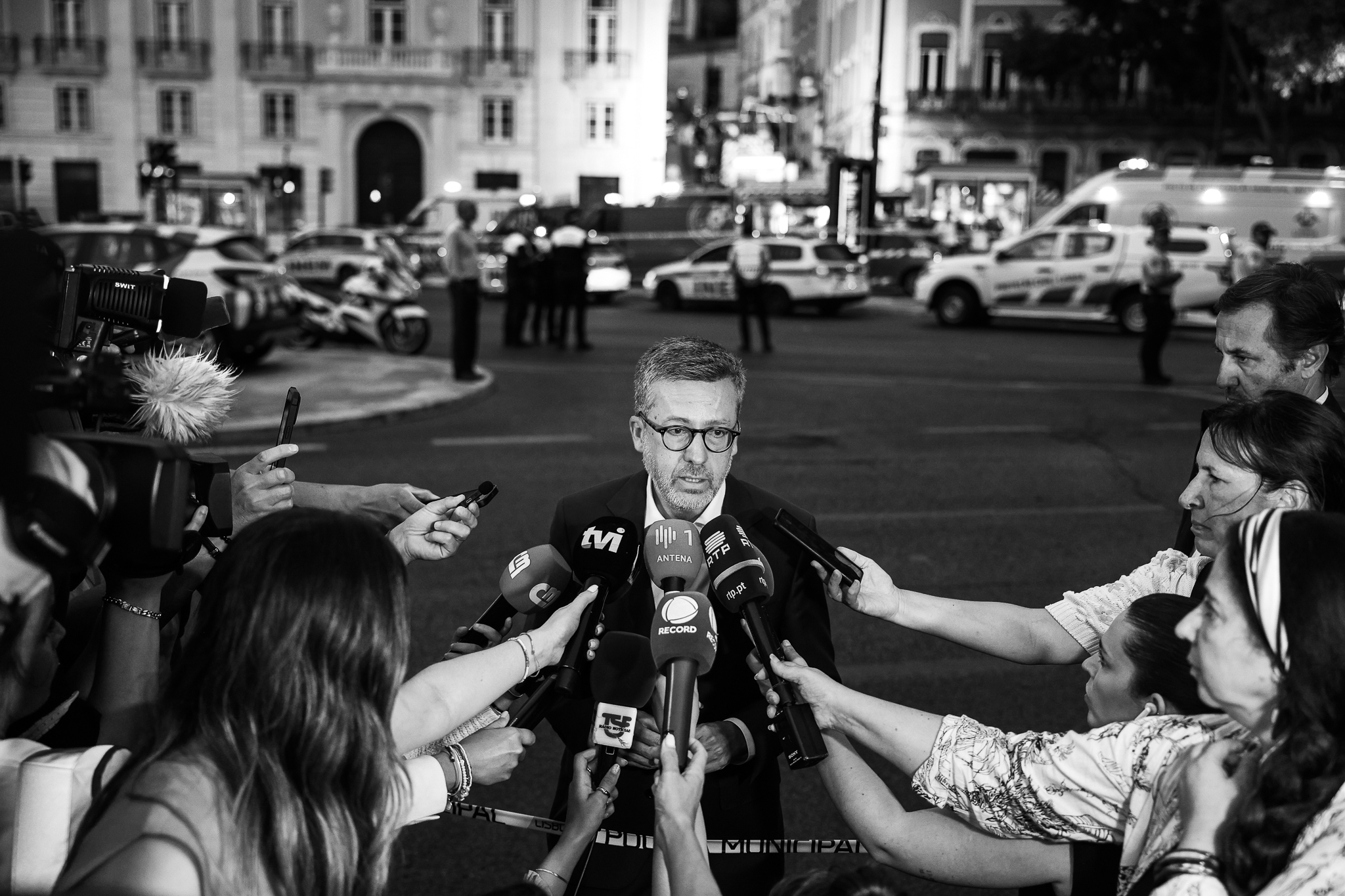The prolonged drought in the country, including in Lisbon, and the heat wave are causing leaves to fall earlier than usual. It feels like autumn, but summer isn't even half over yet.

In the streets and gardens of Lisbon, cleaning teams are piling up and picking up the dried orange leaves that in the middle of July are already falling. Autumn has come early? A lady from the municipality's Urban Hygiene department in the Campo Grande area tells us that this is exactly what it looks like, and that the drought and the heat are causing the leaves to fall earlier than usual - especially among the sycamores.
Rosa Casimirocreator of Platform in Defense of Treeswhich brings together people and associations that like trees and seek to defend the arboreal heritage, particularly in urban environments, points out that "I have never seen plantains lose their leaves at this time of year before" As you can see, the leaves of the plane trees in Lisbon usually fall at the end of August, which makes it seem like the beginning of autumn.

"Some trees can stand the heat better than others" and each species has its own form of protection, explains Rosa Casimiro. In the case of plantainsThe leaf fall that usually occurs in autumn is a way for these trees to conserve water and nutrients in the cold, dry winter; without foliage, the plane trees stop perspiring, in which process they release water through evaporation. This release helps "keeping the air in cities more humid"Rosa points out, fearing that if these trees that exist in abundance in Lisbon cannot regain their leaves, we will have less in the city's atmosphere.
Rosa is, as she presents herself, "just a person paying attention to the trees" who looks to science for answers to what he observes in everyday life. Climate change is challenging us to relearn what we see. The seasons have become less defined and more blurred, hot in winter and cold in summer; and heat waves will become more frequent, as will prolonged droughts and heavy, circumstantial rainfall - and so will the weather. especially in cities and regions like Lisbon -, creating atypical conditions.
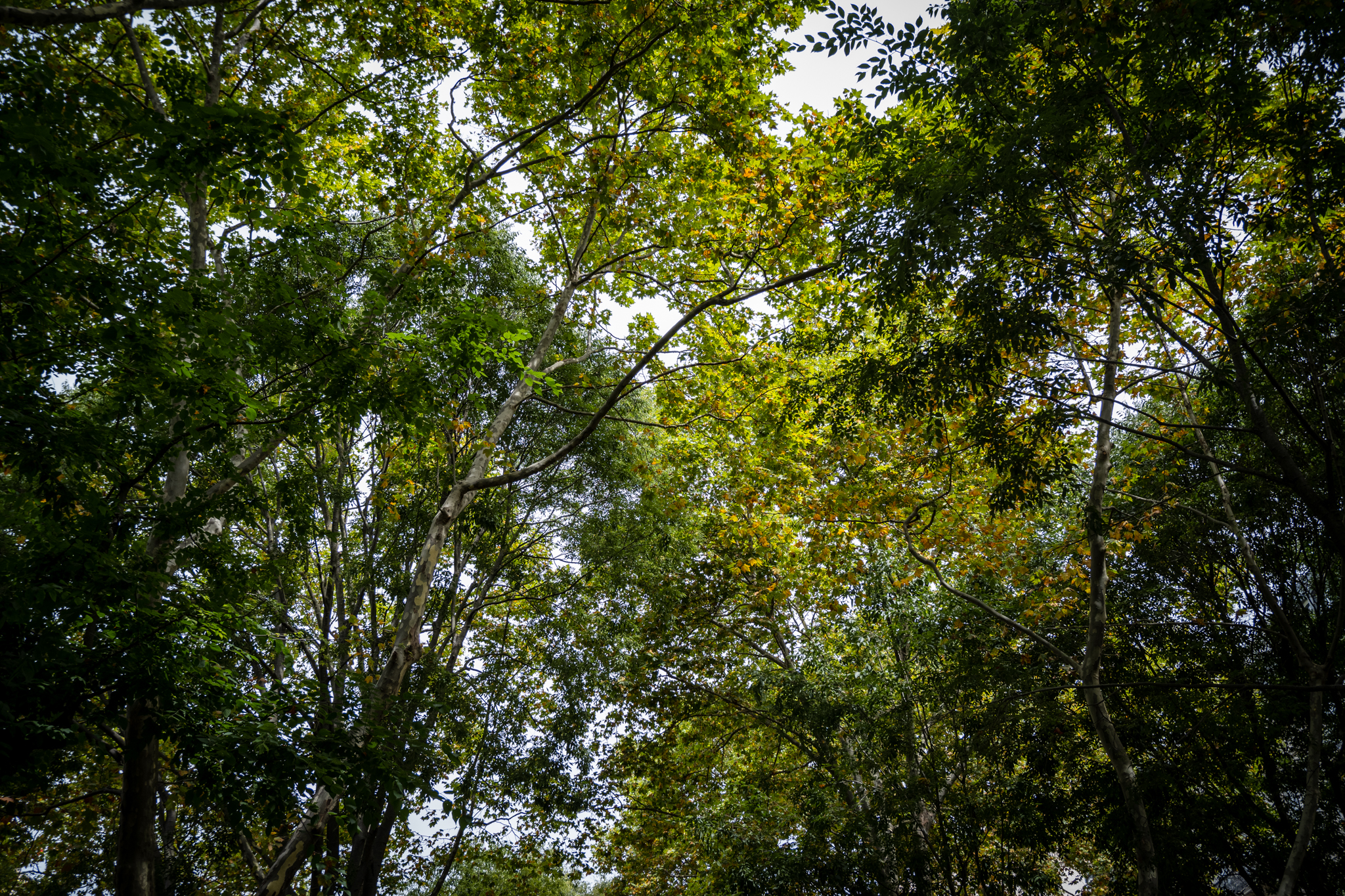

A paper by Zurich researchers, published in 2020indicates that climate change, and in particular hot and dry weather, is leading to an anticipation of autumn in terms of leaf fall. By analyzing and modeling from autumn leaf fall data from six different tree species at four thousand different locations in central Europe and over six decades (1948-2015), scientists realized that instead of having later autumns (about 2 to 3 weeks later than today), as science has already pointed outIf CO2 emissions remain high, we will have an earlier leaf fall of 3 to 6 days. The results obtained suggest even though higher levels of carbon, temperature, and light are leading to leaves being more productive in the spring and summer, accelerating their fall in the fall.
The falling leaves in autumn signify the end of your productive periodduring which time they absorb CO2 through photosynthesis. In other words, if the leaves fall earlier the CO2 absorption stops. The work arriving from Zurich brings new data and new questions about this process of senescence; scientists had been noting that global warming was leading to longer periods of (green) vegetation in recent years, with leaves appearing in the spring about two weeks earlier than 100 years ago and falling later in the fall.
That is, in a warming climate, trees would be expected to stay green longer, capturing more carbon. But this may not be the relationship. "For decades we assumed that [plants' spring and summer] growing seasons were getting longer and that autumn was getting later. However, this research suggests that as tree productivity increases, leaves fall earlier", said Professor Thomas Crowther, from ETH Zurich, Switzerland, "So the increases [in carbon storage] will not be as large as what we expected."
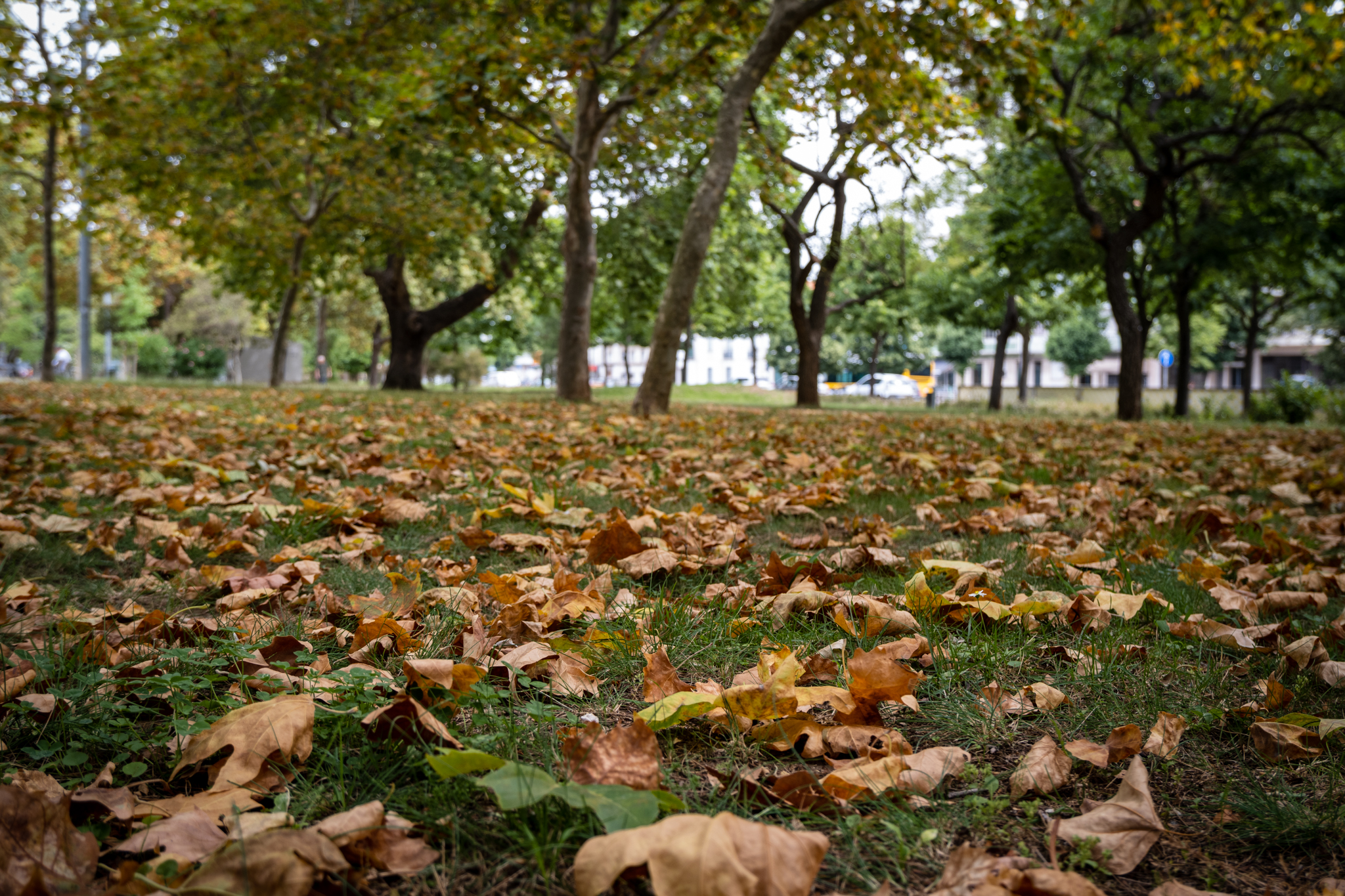
Therefore, climate change may lead to a lower capacity of trees to absorb the carbon dioxide that mankind, in its various activities, from transportation to industry, emits. On the other hand, situations of prolonged drought and the consequent scarcity of water may also lead to a lower absorption of CO2. O water stress is a concept that can apply to both human populations and environmental ecosystems; it means when there is less water than is demanded by people or plants. According to the European Environment Agency (EEA), water stress situations are not rare in Europe; about 20% of the European territory and 30% of Europeans are affected by water stress during a typical year.
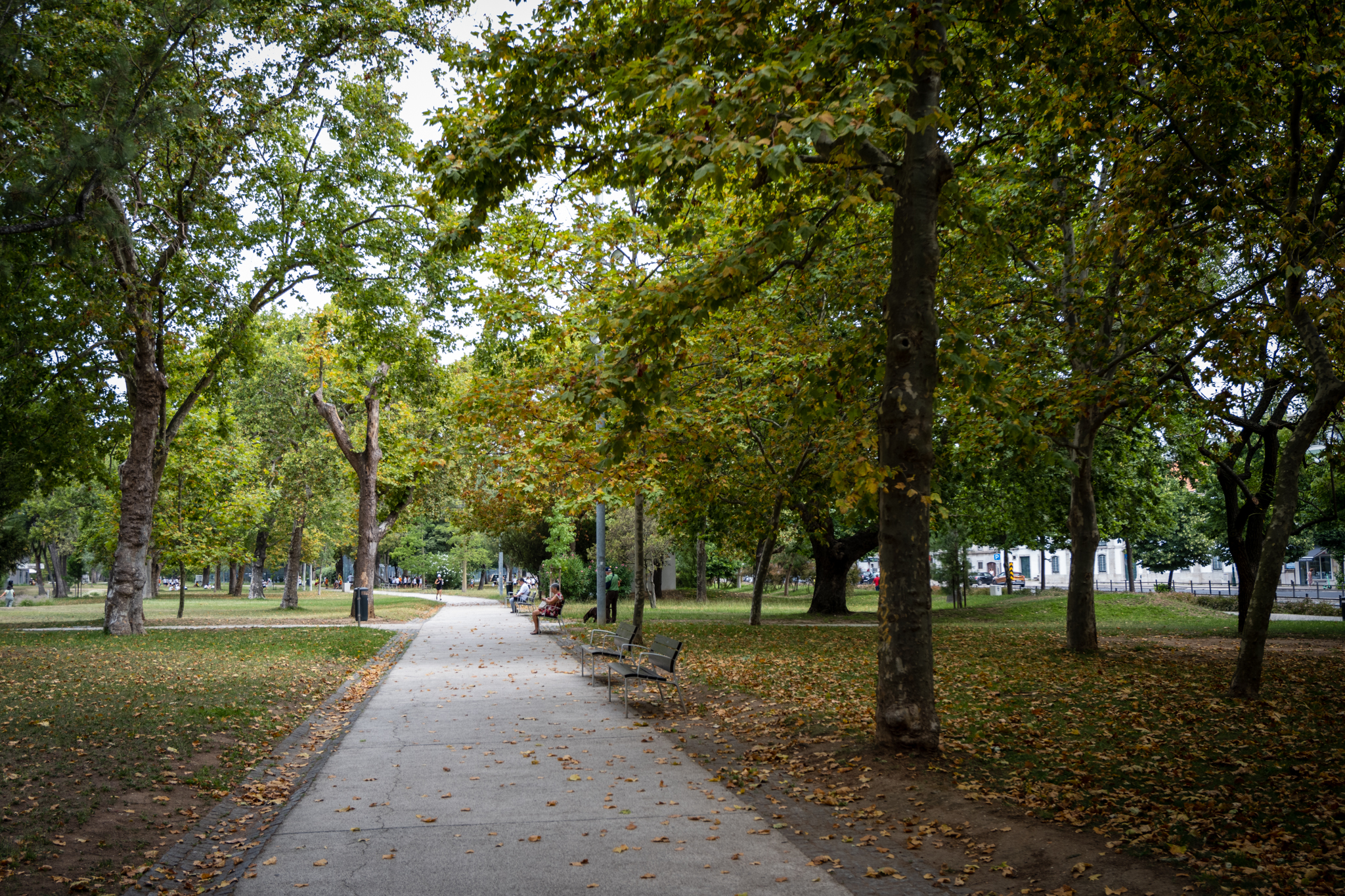
According to the EEA, climate change is expected to worsen this problem, making it more frequent, larger and with more impactparticularly in southern Europe. Agriculture, public water supply and tourism are expected to exert the greatest pressure on water availability here, with a significant seasonal peak in summer. Plants try to adapt to water stress, and the ability of each one to do so will depend on the species, and on their respective physiological and biochemical responses . But sand the stress is prolongingThe growth and productivity of the plants will be severely affected as they focus on their survival.
Basically, if water starts to become scarce, plants look for ways to preserve as much of this precious commodity as possible. They lower their productivity in terms of photosynthesis and CO2 absorption, and focus on retaining the maximum amount of water still available in the ecosystem, lowering the transpiration rate and preventing eventual losses through the leaves - the plant trades its growth for its survival.


Portugal is currently experiencing a heat wave that has been felt throughout Europe, with thermometers reaching near or even exceeding 40 ºC. The last major heat wave the country experienced was in 2018. The last few months, however, have been particularly hot and dry, according to IPMA. At the end of June, the situation of meteorological drought was maintained throughout the territory, with an increase in the area in extreme drought compared to the end of May. As of June 30, 3.7 % of the territory was in moderate drought, 67.9 % in severe drought, and 28.4 % in extreme drought.
Leaf fall is usually observed in Lisbon around September, with the plane trees - which we mentioned at the beginning of the article - being among the first trees to recolor the city. The trees take on new hues and Lisbon is filled with dry leaves, fallen to the ground. If, on the one hand, they can cause accidental falls, making it necessary to reinforce the cleaning and sweeping of streets and avenues, on the other hand, who has never marveled at a green bike path surrounded by orange leaves or a street where the asphalt is surprised by the autumn colors? The autumn colors are usually other wonders of this season, and climate change may also be making these colors more vivid and dense.

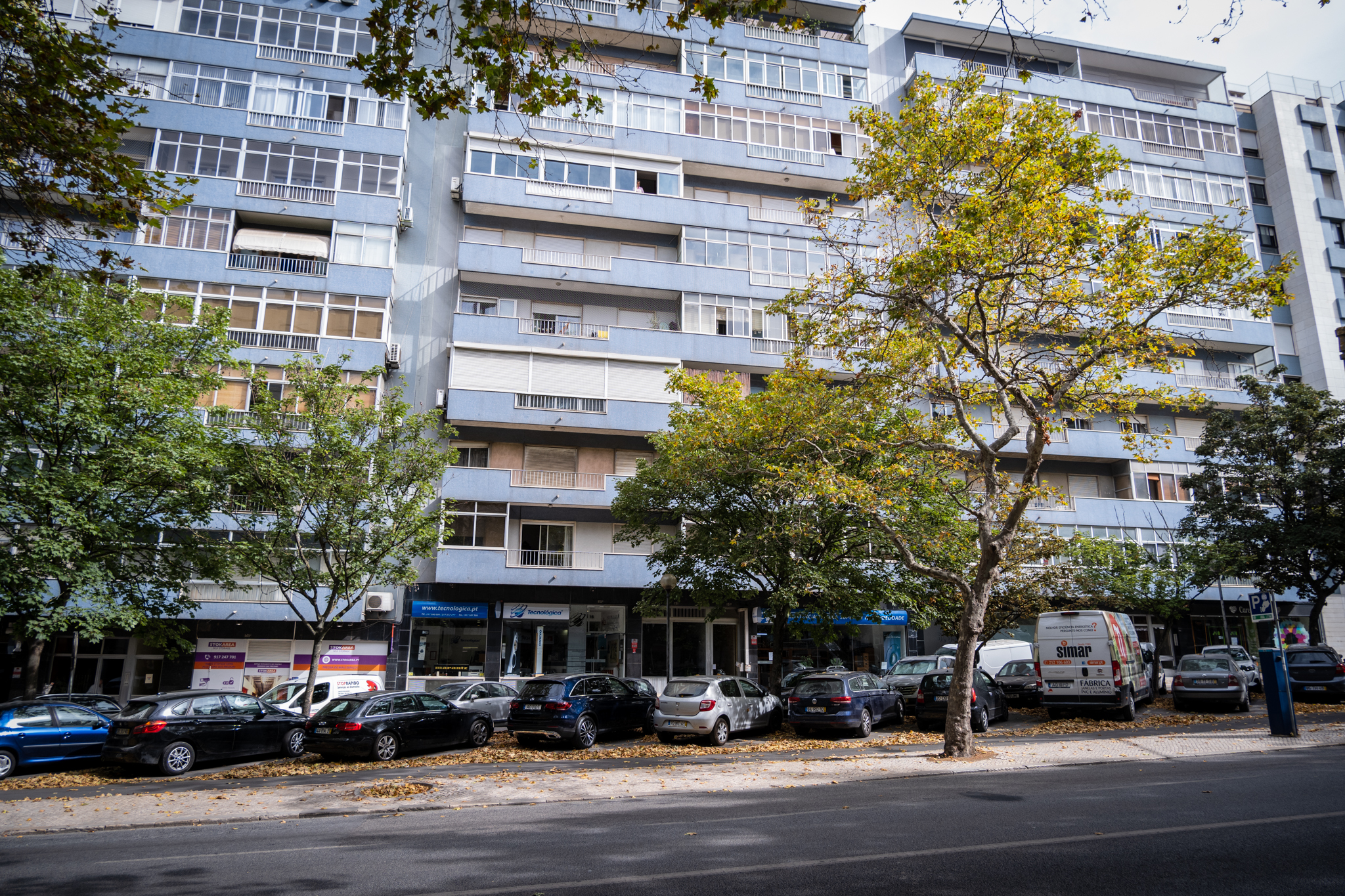
The phenomenon of early leaf fall is not new and has been observed in other cities. In 2021 in Vancouver, Canadathe local authorities presented "emergency irrigation measures" in order to "mitigate the impact of unprecedented summer heat and drought on the city's urban forest", that would be leading to the sudden fall of foliage. By using high-powered water cannons and nutritionally boosting the trees with additives to improve their resilience, the city government aimed to respond to the water shortage and heat wave that was affecting the trees. The local council has also made a request to the population to water the trees in their neighborhoods by pouring approximately two buckets of water on them twice a week.
A professor of forestry at the University of British Columbia (UBC), Stephen Sheppard, explained about the phenomenon observed in Vancouver that "some plants above 30 °C start to have real damage to their tissues. But in many cases, it's a way for trees to protect themselves if they're losing too much water or can't get enough water from the soil to maintain all their functions.". Certain tree species may be more vulnerable to "heat wave-induced leaf fall"he said.

Lisboa Para Pessoas has contacted the Lisbon City Council to find out if emergency measures are planned for the impact of heat and drought on the city's tree population, particularly during the summer. We will update this article as and when relevant.



